Mount Kilimanjaro, Africa’s tallest peak, is renowned for its stunning landscapes and challenging trails. But beyond the icy summit and rugged paths lies a rich ecosystem teeming with diverse wildlife. As you ascend Kilimanjaro, you’ll journey through multiple ecological zones, each offering unique wildlife encounters. From the lush rainforest teeming with life to the alpine desert’s hardy species, the wildlife on Kilimanjaro is as varied as the terrain. This guide explores the fascinating creatures you might encounter and how they add to the magic of climbing Kilimanjaro.
The Ecological Zones of Kilimanjaro
Mount Kilimanjaro comprises several distinct ecological zones, each supporting different types of wildlife. These zones include the cultivated farmlands at the base, the lush montane forest, the heath and moorland, the alpine desert, and the arctic summit. As you trek through these zones, the changing environments create unique habitats for a variety of species, making each part of the climb a new adventure in wildlife observation.
Wildlife in the Montane Forest
The montane forest, often referred to as the rainforest, is the first major ecological zone you’ll encounter. This lush, green belt is home to a plethora of wildlife. Monkeys are among the most notable inhabitants, including the black-and-white colobus monkey and the blue monkey. Birdwatchers will be delighted by the diversity of avian life, with species like the hornbill, turaco, and various sunbirds flitting through the trees. The forest is also home to elusive creatures like the serval cat and several species of antelope.
Birdwatching on Kilimanjaro
Kilimanjaro is a birdwatcher’s paradise, with over 180 species of birds inhabiting its various ecological zones. In the montane forest, you’ll spot colorful species like the silvery-cheeked hornbill and the Hartlaub’s turaco. As you ascend to the heath and moorland zones, look out for the scarlet-tufted malachite sunbird and the alpine chat. The diversity of birdlife is a testament to Kilimanjaro’s rich ecosystems, providing ample opportunities for bird enthusiasts to enjoy sightings of both endemic and migratory species.
Encountering Mammals in the Heath and Moorland
As you leave the forest and enter the heath and moorland zone, the vegetation becomes sparser, but wildlife sightings continue to amaze. You might spot the striking Kilimanjaro tree hyrax, a small mammal known for its distinctive calls. Larger animals, such as the eland and duiker, also roam these areas, although they are more elusive. This zone’s unique flora, including giant heathers and lobelias, creates a surreal landscape where these creatures thrive.
Reptiles and Amphibians of Kilimanjaro
While mammals and birds often steal the spotlight, Kilimanjaro is also home to a variety of reptiles and amphibians. Chameleons, such as the Jackson’s chameleon, are a common sight in forested areas. The mountain’s streams and wetlands host several species of frogs, adding to the biodiversity. These smaller creatures play a vital role in the ecosystem, contributing to the overall health and balance of the environment.
Insects and Arachnids
The insect and arachnid population on Kilimanjaro is both diverse and fascinating. In the montane forest, you’ll find colorful butterflies, beetles, and spiders. As you ascend, the types of insects you encounter change, with hardy species adapted to the harsher conditions of the moorland and alpine desert. These creatures, although often overlooked, are crucial for pollination and as a food source for other wildlife.
Alpine Desert Wildlife
The alpine desert zone, characterized by its stark, rocky landscape and sparse vegetation, supports fewer species. However, the wildlife that does inhabit this area is uniquely adapted to the extreme conditions. Look out for the Kilimanjaro white-necked raven, a bird well-suited to the high altitudes. Insects like stoneflies and springtails can also be found here, showcasing remarkable adaptations to the cold and low-oxygen environment.
Arctic Summit: A World Above the Clouds
The arctic summit zone of Kilimanjaro is the least hospitable, with harsh winds, freezing temperatures, and minimal oxygen. Wildlife is scarce, but occasional sightings of hardy insects and birds, such as the lammergeier or bearded vulture, remind climbers of the resilience of life. The summit is more about the experience of the climbers, but knowing that life exists even in this extreme environment is awe-inspiring.
Conservation Efforts
Kilimanjaro’s rich biodiversity faces threats from climate change and human activities. Conservation efforts are crucial to preserving this unique ecosystem. Organizations and local communities are working together to protect the habitats and species of Kilimanjaro. As a climber, you can support these efforts by practicing responsible tourism, respecting wildlife, and minimizing your environmental footprint.
Guided Wildlife Tours
Many trekking companies offer guided wildlife tours as part of the Kilimanjaro climb. These tours are led by knowledgeable guides who can point out and provide information about the various species you encounter. A guided tour enhances your experience, providing deeper insights into the mountain’s biodiversity and the interconnections within its ecosystems.
Photographing Kilimanjaro’s Wildlife
Photography enthusiasts will find Kilimanjaro a fantastic place for wildlife photography. The diverse habitats and species provide endless opportunities for capturing stunning images. Remember to bring a good quality camera with a zoom lens to capture distant animals without disturbing them. Early mornings and late afternoons are the best times for wildlife photography, offering the best light and more active animals.
Respecting Wildlife on Kilimanjaro
While encountering wildlife on Kilimanjaro is exciting, it’s important to respect their natural habitat. Keep a safe distance, avoid feeding animals, and follow the guidelines provided by your guides. Respecting wildlife ensures that future climbers can enjoy the same incredible experiences and helps protect the delicate ecosystems of Kilimanjaro.
Climbing Mount Kilimanjaro is not just about reaching the summit; it’s about immersing yourself in a rich tapestry of life. The wildlife encounters you experience along the way add a unique and enriching dimension to your journey. From the vibrant montane forests to the sparse alpine desert, Kilimanjaro’s diverse ecosystems are home to an array of fascinating species. Embrace the opportunity to learn about and appreciate the wildlife that makes Kilimanjaro such a special place.
FAQs
1. What types of wildlife can I expect to see on Mount Kilimanjaro? You can expect to see a variety of wildlife including monkeys, birds, small mammals, reptiles, and insects. The type of wildlife varies with the different ecological zones of the mountain.
2. Are there dangerous animals in Kilimanjaro? Kilimanjaro does not have many large predators, so encounters with dangerous animals are rare. Most wildlife is harmless if left undisturbed.
3. How can I increase my chances of seeing wildlife on Kilimanjaro? To increase your chances of seeing wildlife, be quiet and move slowly through the different zones. Early mornings and late afternoons are the best times for wildlife sightings.
4. What should I do if I encounter wildlife on the trail? If you encounter wildlife, keep a safe distance, do not feed them, and follow the instructions of your guide. Respect their natural habitat to ensure their safety and yours.
5. How can I support conservation efforts on Kilimanjaro? You can support conservation efforts by practicing responsible tourism, minimizing your environmental footprint, and supporting local conservation organizations.
For detailed information on Kilimanjaro climbing routes, explore the following options on our page:
Visit our page for comprehensive guides and tips to choose the best route for your Kilimanjaro adventure.

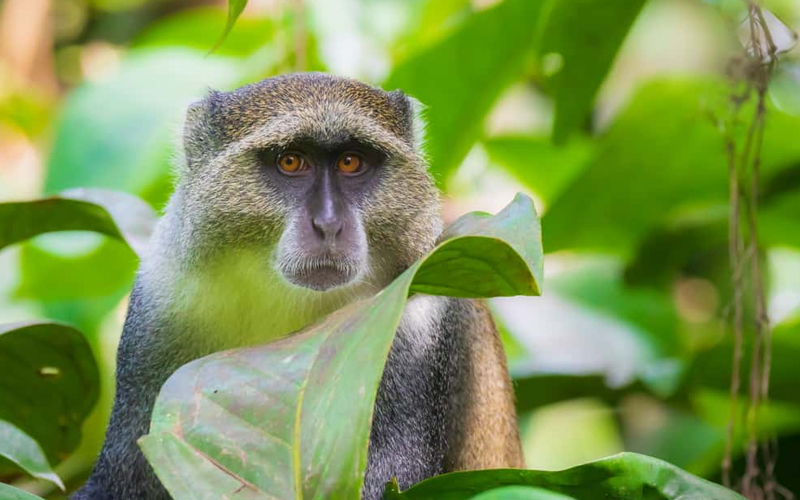
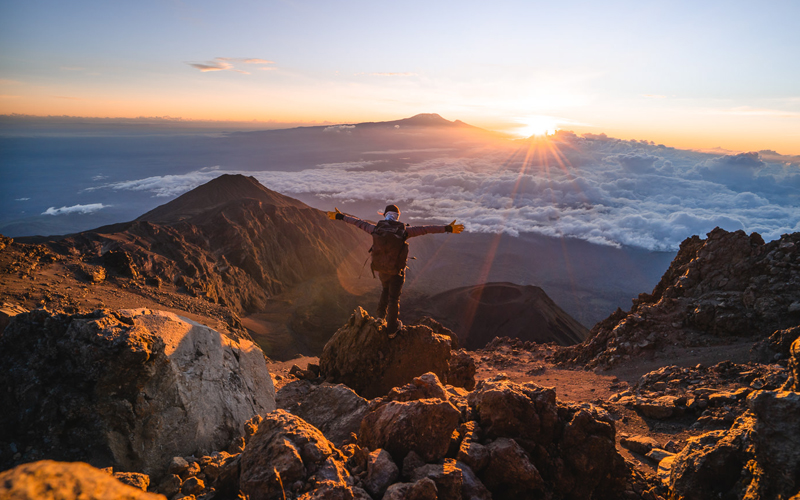
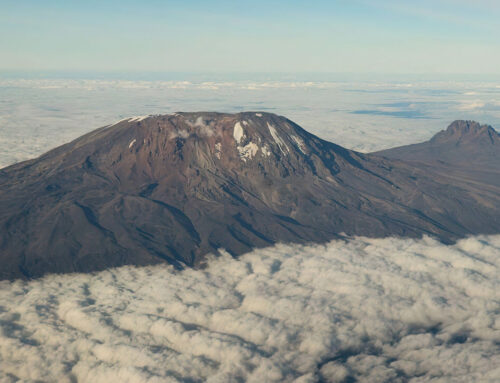
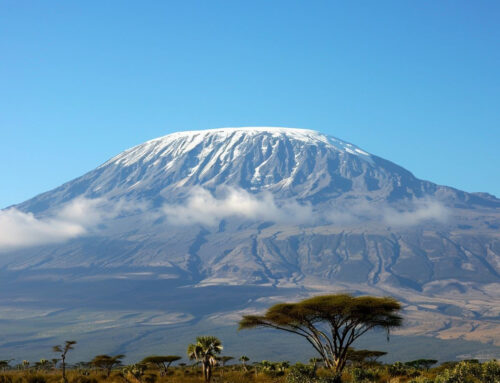
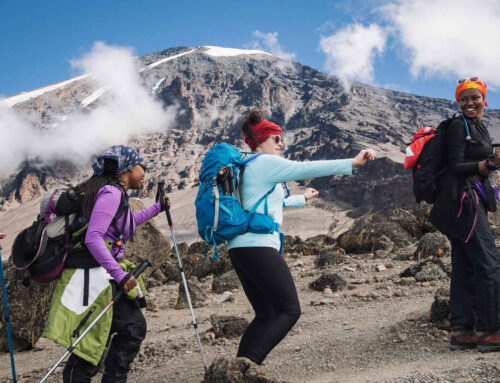

Leave A Comment